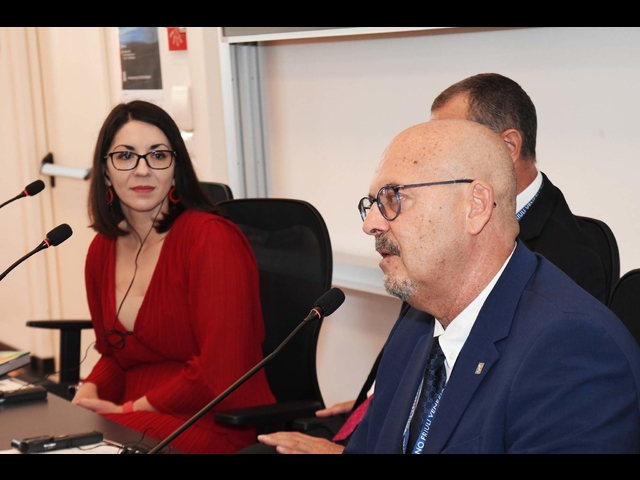
(ANSA) - UDINE, 15 LUG - The 5G-Sitacor project, aimed at implementing an infrastructure dedicated to developing intelligent digital technology and services for territories and communities, promises a transformative future. The study, which evaluates the best ways to apply the potential of 5G network technology to various use cases for the development of linear infrastructures, is a significant step toward this future. The project's final event, held today at the University of Trieste in the presence of Emilija Stojmenova Duh, Minister of Digital Transformation of the Republic of Slovenia, marks a crucial milestone in this journey. "On this border, we are building the Europe of the future," said FVG Regional Councilor for Information Systems, Sebastiano Callari. "The study presented today lays the foundation for creating a different world with people and the services provided by technology at the center." Over the past six months, the team "has worked on developing an infrastructure of fundamental importance for the provision of advanced common services in continuity between Italy and Slovenia, focusing particularly on the sections of the trans-European transport network (TEN-T) that concern the Mediterranean corridor and, by extension, the Adriatic-Baltic corridor." The project is managed by a consortium of nine Italian and Slovenian partners, with the Region as the coordinator. According to Callari, the project was born out of the necessity of enhancing coverage and improving connectivity quality in the identified corridors. These corridors are characterized by diverse terrain, including urban and uninhabited areas, mountains, and tunnels. They also experience heavy traffic on major roads in Italy and Slovenia and feature ports such as Trieste and Koper, which serve as vital connections for passengers and goods in Italy, Slovenia, and Central Europe. The project also aims to improve the interconnection between road and port infrastructures by utilizing the most advanced technologies. (ANSA).
